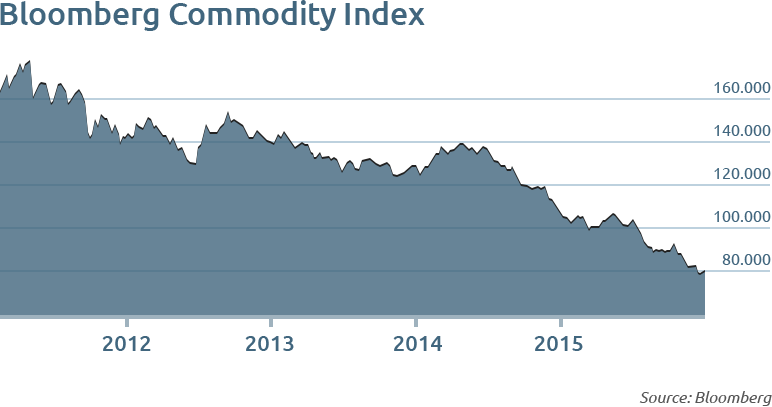First, Why Batteries?
With the rise of the Internet and related technologies, battery performance evolved from a convenient technology to the foremost limiting factor in the wildly successful consumer electronic markets.
Consumers demanded longer-lasting, smaller batteries that were more powerful, more reliable and suitable for an expanding range of applications. Yet, scientists have advanced battery technology at glacial speed. Batteries rely on contained chemical reactions.
Lithium is one element that has proved to satisfy the dozens of necessary specifications.
Click to enlarge
Why Lithium?
Lithium gained its traction partly because it was one of the elements that had been studied and tested the longest. Major companies such as Sony and Panasonic got behind lithium as an anchor material in a possible successor to the lead-acid battery paradigm. Although it took decades, lithium-based batteries are now the industry standard.
Lithium, the third element in the periodic table, is a soft, silver-white metal the lightest and least dense solid element on the planet. Lithium is highly reactive. Because of its high reactivity, lithium does not occur as a pure element in nature but is contained within minerals in a range of hard rock types or in brine solutions (elements contained in salty water) in salt lakes, “salars.” Lithium’s primary driver for growth is:
Batteries and grid-scale energy storage:
The most important use of lithium is in rechargeable lithium-ion batteries for electric vehicles, grid-scale energy storage, phones, laptops, cameras, gaming consoles and hundreds of other electronic devices. Lithium-ion batteries are increasingly used for bikes, power tools, forklifts, cranes and other industrial equipment. In essence, lithium powers modern technology.
Benchmark Mineral Intelligence estimates that the
“EV market will grow five-fold between 2015 and 2020 while the market for stationary storage will increase 8-fold.”
We have already seen Tesla increase the land holding of their $5 billion under-construction lithium-ion battery factory and Faraday Future strike a deal to build a $1 billion electric car plant.





